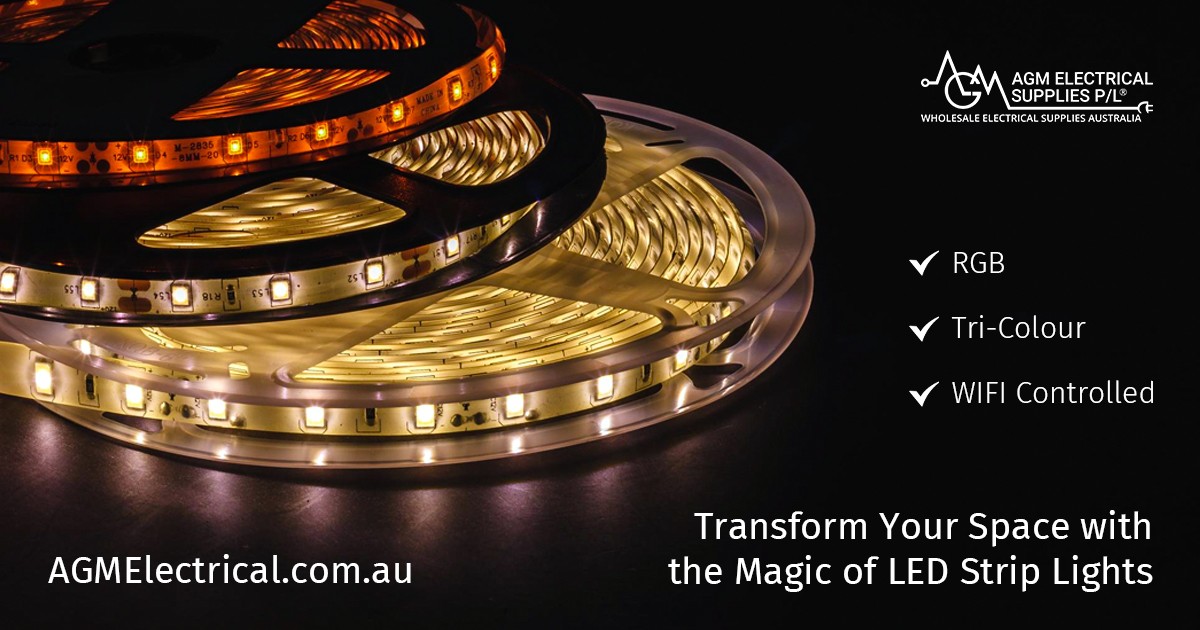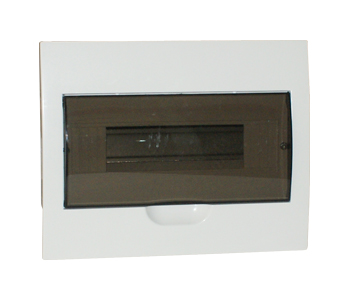A Guide to Selecting and Installing the Perfect Strip Lights!

Due to their adaptability, variety, and low energy consumption, Strip lights (also known as LED strip or tape lights) have become popular recently. These lights are available in a rainbow of hues and may be used for anything from lighting your house to spicing up your garden.
However, it can be challenging to know how to buy and install the right strip lights them properly due to the wide variety of available products. The steps involved in acquiring and setting up LED strip lights are detailed in this article.
Investing in Quality Strip Lighting
There are many things to remember while shopping for quality light strips to guarantee that you end up with the best possible solution. Some considerations put forward by AGM experts for buying LED strip lights Australia are listed below.
- LED light strip dimensions
When shopping for an LED strip light, the length and width of the strip should be your top priorities. LED strips are available in various sizes, so choose the proper one for your task. For example, you only need a few inches of strip lighting to illuminate a bookcase or a cabinet. However, a longer strip of lights is required for a larger space like a bedroom or living room. The LED lights' intensity is also affected by the strip's size, so that's something to consider.
- Form of LED Tape
There are two primary varieties of strip lights: RGB and single-colour. LED strips using the RGB colour model use red, green, and blue diodes to create a rainbow of colours. On the other hand, single-colour lights only produce just one colour. Several lights may be more appropriate depending on the project's goals. Single-color LED strips are fantastic for task lighting, whereas RGB LED strips may be used to set the mood of a space.
- Index of colour quality and fidelity
The strip lights you buy must be high quality to receive your money's worth. If you choose cheap lights, your project may have an unappealing glow because of the light's inconsistency and low intensity. Verify the lights' colour rendering index (CRI), measuring how well the light reproduces colours. Lighting with a high CRI is better for applications requiring precise colour rendition, such as reading and cooking.
- Waterproofing
Whether watertight or not, light strips must be waterproof if installed in a damp place like a bathroom or outside. In dry areas like living rooms and bedrooms, non-waterproof strip lights may be used.
- The voltage of Strip lights
The LED light strip requires a low voltage, often between 12 and 24 volts. If you want your strip lights to work correctly, you must choose the optimum voltage for your project. Seek the advice of an experienced electrician if you have any doubts. The lights might be damaged or become a fire danger if the improper voltage is used. When working with electricity, it is always preferable to err on the side of caution.
How to Properly Install Strip Lights
After selecting the appropriate light strips with LED for your work, the following step is to set them up effectively. Here are some suggestions for ensuring a successful installation of Strip lighting. Layout the LED strips out as you want them before you start installing them. Make a plan for the lights, including where you'll put them and how they'll be wired together.
- Surface Preparation
LED strip lights Australia need a smooth, dry, and dust-free surface for installation. To remove grime and other residue, wipe the area off with a degreaser or rubbing alcohol. Use sandpaper to smooth off the surface if it is rough.
- Snuff Out the LED Tape Lights
These lights should be trimmed to size once the area has been prepped and the arrangement established. Most light strips have notches marked regularly throughout the strip to make precise cuts. Cut the strips using a pair of scissors or a tool knife. After trimming the LED strips, plug them into an electrical outlet.
- Connecting and Installing the Lights
Connectors are included with most LED strips, allowing you to string many meters of lighting together. Connect the strips following the manufacturer's instructions. Make sure the wires are not showing, and the connections are tight. After the LED strips have been properly connected, they can be installed.
Installing strip lights is simple since most of them include sticky tape on the back. Take off the backing from the adhesive tape and stick the LED tape lights down firmly. These lights may also be installed with the help of mounting clips or brackets. After installing the LED strips, they should be tested to ensure proper operation.
Make that all the LED lights are working by turning on the power. If there are problems, double-check that all of your connections are secure. This must be done before any further troubleshooting is attempted. If the problem continues, seek help in the user guide or contact technical support.
In conclusion, purchasing the perfect strip lights for your project and installing them effectively is crucial. LED strip lights come in various lengths, types, qualities, and whether or not they are waterproof and voltage. Planning the layout, preparing the surface, cutting the LED strips, connecting them to the power supply, installing them, and testing them are all necessary steps in installing these lights. According to these guidelines by Australia's leading elctrical store, AGM Electrical Supplies, you can ensure your LED light strips give the ideal light for any indoor or outdoor project!
Best Selling Products
Reccent Posts
- Exploring the Diverse Uses of Cable Covers by AGM Electrical Supplies
- Exploring the Range and Benefits of Electrical Switches by AGM Electrical Supplies
- A Guide to Selecting and Installing the Perfect Strip Lights!
- LED Sensor Lights- Reliable and Cost Effective Lighting Solution by AGM Electrical Supplies
- Installation Guide of LED downlights and Recessed Lighting











